Properties
| Storage Buffer | PBS pH 7.4, 0.02% Proclin 300, 50% glycerol |
| Storage Temperature | -20ºC, Conjugated antibodies should be stored according to the product label |
| Shipping Temperature | Blue Ice or 4ºC |
| Purification | AmMagTM Ultra AT Protein A MagBeads |
| Clonality | Recombinant Monoclonal |
| Clone Number | B14 |
| Isotype | IgG Kappa |
| Specificity | Detects region of PSD95 containing PDZ domains 1 and 2. Does not cross-react with DLG1/SAP97, DLG2/Chapsyn-110 or DLG3/SAP102. |
| Cite This Product | Rabbit Anti-Human PSD95 Recombinant Monoclonal (StressMarq Biosciences, Victoria BC, Cat# SMC-624) |
| Certificate of Analysis | 1 µg/ml was sufficient for detection of PSD95 on Rat Brain Membrane lysate. |
Biological Description
| Alternative Names | PSD 95 Antibody, PSD95 Antibody, PSD-95 Antibody, DLG4 Antibody, SAP90 Antibody, Synapse-associated protein 90 Antibody, Postsynaptic density protein 95 Antibody, Disks large homolog 4 Antibody |
| Research Areas | Cell Markers, Cell Signaling, Neuron Markers, Neuroscience, Organelle Markers, Cell Structure, Post-Synaptic Markers |
| Cellular Localization | Cell membrane, Postsynaptic density, Synapse, Cytoplasm, Cell projection |
| Accession Number | NP_001308004.1 |
| Gene ID | 1742 |
| Swiss Prot | P78352 |
| Scientific Background | Postsynaptic Density protein 95 (PSD95), also known as Synapse associated protein 90kDa, is a member of the membrane-associated guanylate kinase (MAGUK) family of proteins. PSD95 is a scaffolding protein and is involved in the assembly and function of the postsynaptic density complex (1). These family members consist of an N-terminal variable segment followed by three amino-terminal PDZ domains, an upstream SH3 domain and an inactive carboxyl-terminal guanylate kinase (GK) domain. The first and second PDZ domain localize NMDA receptors and K+ channels to synapses, and the third binds to neuroligins which are neuronal cell adhesion molecules that interact with b-neurexins and form intercellular junctions. PSD95 also binds to neuronal nitric oxide synthase, possibly through interactions between PDZ domains present on both proteins (2). Thus different PDZ domains of PSD95 might be specialized for distinct functions (3, 4). PSD95 participates in synaptic targeting of AMPA receptors through an indirect manner involving Stargazin and related transmembrane AMPA receptor regulatory proteins (TARPs) (5). The protein is implicated in experience dependent plasticity and plays an indispensable role in learning (6). Mutations in PSD95 are associated with autism (7). |
| References |
1. Chetkovich D.M., Bunn R.C., Kuo S.H., Kawasaki Y., Kohwi M., and Bredt D.S. (2002) J Neurosci. 22(15): 6415-25. 2. Cao J., Viholainen J.I., Dart C., Warwick H.K., Levland M.L. and Courtney M.J. (2005) J Cell Biol. 168(1): 117-26. 3. Kennedy M. (1997) Trends in Neurosci. 6: 264-268. 4. Irie M. et al. (1997) Science 277(5331): 1511-5. 5. Cai C. et al. (2006) J Biol Chem. 281: 4267-73. 6. Yao W.D. et al. (2004) Neuron 41: 625-38. 7. Cline H. (2005) Curr Biol. 15: R203-5. |
Product Images
![<p>Western blot analysis with Stressmarq’s Rabbit Anti-PSD95 Monoclonal Antibody, Clone B14 (SMC-624) showing detection of Human PSD95 protein in a transient over-expression (OE) lysate (OriGene LY419977). Block: 2% skim milk + 2% BSA for 1 hour at RT. Primary Antibody: Rabbit Anti-Human PSD95 Recombinant Monoclonal [B14] (SMC-624) at 1:10,000 for 2 hours at RT. Secondary Antibody: Goat anti-rabbit IgG-HRP (H&L) at 1:5000 for 1 hour at RT. Color Development: Chemiluminescent for HRP (Moss) for 1 min at RT in the dark. Exposed 1.5 seconds. NOTE: The ORF clone contains a C-term DDK tag; results were confirmed using Anti-DDK antibody (OriGene TA592569), showing laddering below target is related to C-term fragments of the PSD95 protein (data not shown).</p>](https://www.stressmarq.com/wp-content/uploads/SMC-624_PSD95_Antibody_B14_WB_Human-OE-lysate_1.png)
Western blot analysis with Stressmarq’s Rabbit Anti-PSD95 Monoclonal Antibody, Clone B14 (SMC-624) showing detection of Human PSD95 protein in a transient over-expression (OE) lysate (OriGene LY419977). Block: 2% skim milk + 2% BSA for 1 hour at RT. Primary Antibody: Rabbit Anti-Human PSD95 Recombinant Monoclonal [B14] (SMC-624) at 1:10,000 for 2 hours at RT. Secondary Antibody: Goat anti-rabbit IgG-HRP (H&L) at 1:5000 for 1 hour at RT. Color Development: Chemiluminescent for HRP (Moss) for 1 min at RT in the dark. Exposed 1.5 seconds. NOTE: The ORF clone contains a C-term DDK tag; results were confirmed using Anti-DDK antibody (OriGene TA592569), showing laddering below target is related to C-term fragments of the PSD95 protein (data not shown).
![<p>Immunocytochemistry/Immunofluorescence analysis with Stressmarq’s Rabbit Anti-PSD95 Monoclonal Antibody, Clone B14 (SMC-624). Tissue: Pheochromocytoma cells (PC-12). Species: Rat. Fixation: 4% PFA for 10 min at RT. Permeabilization: 0.15% TritonX for 15 min at RT. Blocking: 10% goat serum for 40 min at RT. Primary Antibody: Rabbit Anti-Human PSD95 Recombinant Monoclonal [B14] (SMC-624) at 1:100 for 1 hour at RT. Secondary Antibody: Goat anti-Rabbit IgG-AlexaFluor488 (green) at 1:1000 for 1 hour at RT in the dark. Counterstain: DAPI (blue) nuclear stain at 1:1000 for 5 min at RT in the dark.</p>](https://www.stressmarq.com/wp-content/uploads/SMC-624_PSD95_Antibody_B14_ICC-IF_Rat_Pheochromocytoma-Cells_1.png)
Immunocytochemistry/Immunofluorescence analysis with Stressmarq’s Rabbit Anti-PSD95 Monoclonal Antibody, Clone B14 (SMC-624). Tissue: Pheochromocytoma cells (PC-12). Species: Rat. Fixation: 4% PFA for 10 min at RT. Permeabilization: 0.15% TritonX for 15 min at RT. Blocking: 10% goat serum for 40 min at RT. Primary Antibody: Rabbit Anti-Human PSD95 Recombinant Monoclonal [B14] (SMC-624) at 1:100 for 1 hour at RT. Secondary Antibody: Goat anti-Rabbit IgG-AlexaFluor488 (green) at 1:1000 for 1 hour at RT in the dark. Counterstain: DAPI (blue) nuclear stain at 1:1000 for 5 min at RT in the dark.
![<p>Immunohistochemistry analysis with Stressmarq’s Rabbit Anti-PSD95 Monoclonal Antibody, Clone B14 (SMC-624). Tissue: Brain. Species: Mouse. Fixation: Paraffin embedded, 4um thin. Blocking: 3% milk for 1 hour at RT. Primary Antibody: Rabbit Anti-Human PSD95 Recombinant Monoclonal [B14] (SMC-624) at 1:100 for 1 hour at RT. Secondary Antibody: Goat anti-rabbit IgG-HRP (H&L) at 1:100 for 45 min at RT. Counterstain: Hematoxylin (purple) nuclear stain at 1:10 for 5 min at RT. Color Development: DAB at 1:50 for 15 min at RT.</p>](https://www.stressmarq.com/wp-content/uploads/SMC-624_PSD95_Antibody_B14_IHC_Mouse_Brain_1.png)
Immunohistochemistry analysis with Stressmarq’s Rabbit Anti-PSD95 Monoclonal Antibody, Clone B14 (SMC-624). Tissue: Brain. Species: Mouse. Fixation: Paraffin embedded, 4um thin. Blocking: 3% milk for 1 hour at RT. Primary Antibody: Rabbit Anti-Human PSD95 Recombinant Monoclonal [B14] (SMC-624) at 1:100 for 1 hour at RT. Secondary Antibody: Goat anti-rabbit IgG-HRP (H&L) at 1:100 for 45 min at RT. Counterstain: Hematoxylin (purple) nuclear stain at 1:10 for 5 min at RT. Color Development: DAB at 1:50 for 15 min at RT.
![<p>Immunocytochemistry/Immunofluorescence analysis with Stressmarq’s Rabbit Anti-PSD95 Monoclonal Antibody, Clone B14 (SMC-624). Tissue: Neuroblastoma cells (Kelly). Species: Human. Fixation: 4% PFA for 10 min at RT. Permeabilization: 0.15% TritonX for 15 min at RT. Blocking: 10% goat serum for 40 min at RT. Primary Antibody: Rabbit Anti-Human PSD95 Recombinant Monoclonal [B14] (SMC-624) at 1:100 for 1 hour at RT. Secondary Antibody: Goat anti-Rabbit IgG-AlexaFluor488 (green) at 1:1000 for 1 hour at RT in the dark. Counterstain: DAPI (blue) nuclear stain at 1:1000 for 5 min at RT in the dark.</p>](https://www.stressmarq.com/wp-content/uploads/SMC-624_PSD95_Antibody_B14_ICC-IF_Human_Neuroblastoma-Cells_1.png)
Immunocytochemistry/Immunofluorescence analysis with Stressmarq’s Rabbit Anti-PSD95 Monoclonal Antibody, Clone B14 (SMC-624). Tissue: Neuroblastoma cells (Kelly). Species: Human. Fixation: 4% PFA for 10 min at RT. Permeabilization: 0.15% TritonX for 15 min at RT. Blocking: 10% goat serum for 40 min at RT. Primary Antibody: Rabbit Anti-Human PSD95 Recombinant Monoclonal [B14] (SMC-624) at 1:100 for 1 hour at RT. Secondary Antibody: Goat anti-Rabbit IgG-AlexaFluor488 (green) at 1:1000 for 1 hour at RT in the dark. Counterstain: DAPI (blue) nuclear stain at 1:1000 for 5 min at RT in the dark.
![<p>Western blot analysis with Stressmarq’s Rabbit Anti-PSD95 Monoclonal Antibody, Clone B14 (SMC-624) showing detection of Rat PSD95 protein in a Rat brain membrane lysate. Block: 2% skim milk + 2% BSA for 1 hour at RT. Primary Antibody: Rabbit Anti-Human PSD95 Recombinant Monoclonal [B14] (SMC-624) at 1:1000 for 2 hours at RT. Secondary Antibody: Goat anti-rabbit IgG-HRP (H&L) at 1:5000 for 1 hour at RT. Color Development: Chemiluminescent for HRP (Moss) for 1 min at RT in the dark. Exposed 0.5 seconds.</p>](https://www.stressmarq.com/wp-content/uploads/SMC-624_PSD95_Antibody_B14_WB_Rat_Brain-membrane-Lysate_1.png)
Western blot analysis with Stressmarq’s Rabbit Anti-PSD95 Monoclonal Antibody, Clone B14 (SMC-624) showing detection of Rat PSD95 protein in a Rat brain membrane lysate. Block: 2% skim milk + 2% BSA for 1 hour at RT. Primary Antibody: Rabbit Anti-Human PSD95 Recombinant Monoclonal [B14] (SMC-624) at 1:1000 for 2 hours at RT. Secondary Antibody: Goat anti-rabbit IgG-HRP (H&L) at 1:5000 for 1 hour at RT. Color Development: Chemiluminescent for HRP (Moss) for 1 min at RT in the dark. Exposed 0.5 seconds.

![Western blot analysis with Stressmarq’s Rabbit Anti-PSD95 Monoclonal Antibody, Clone B14 (SMC-624) showing detection of Human PSD95 protein in a transient over-expression (OE) lysate (OriGene LY419977). Block: 2% skim milk + 2% BSA for 1 hour at RT. Primary Antibody: Rabbit Anti-Human PSD95 Recombinant Monoclonal [B14] (SMC-624) at 1:10,000 for 2 hours at RT. Secondary Antibody: Goat anti-rabbit IgG-HRP (H&L) at 1:5000 for 1 hour at RT. Color Development: Chemiluminescent for HRP (Moss) for 1 min at RT in the dark. Exposed 1.5 seconds. NOTE: The ORF clone contains a C-term DDK tag; results were confirmed using Anti-DDK antibody (OriGene TA592569), showing laddering below target is related to C-term fragments of the PSD95 protein (data not shown). SMC-624_PSD95_Antibody_B14_WB_Human-OE-lysate_1.png](https://www.stressmarq.com/wp-content/uploads/SMC-624_PSD95_Antibody_B14_WB_Human-OE-lysate_1-150x150.png)


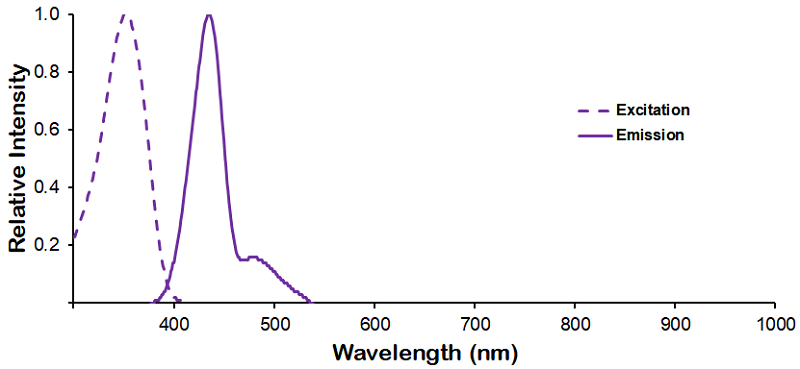
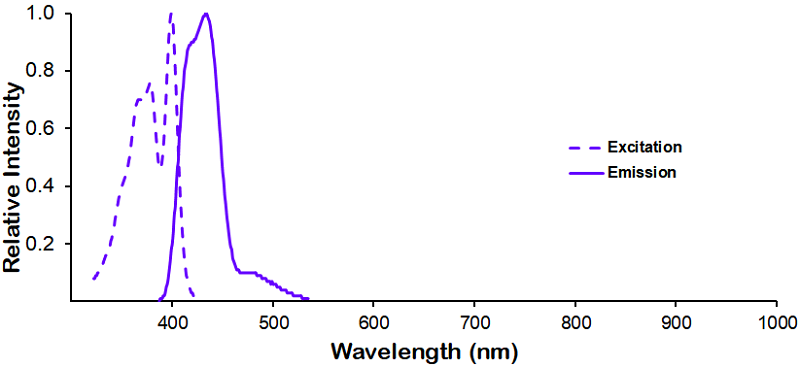
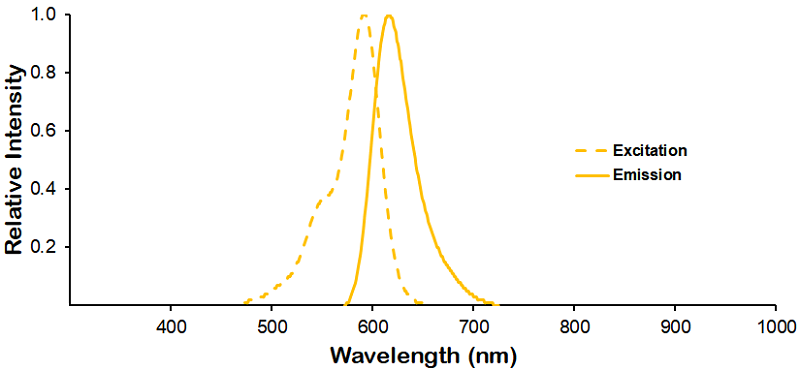
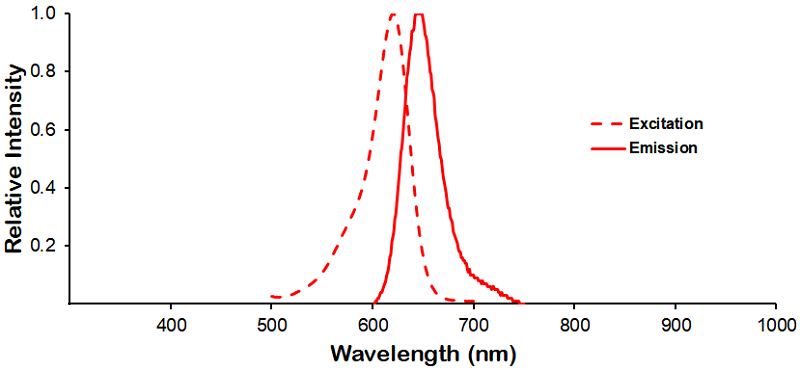
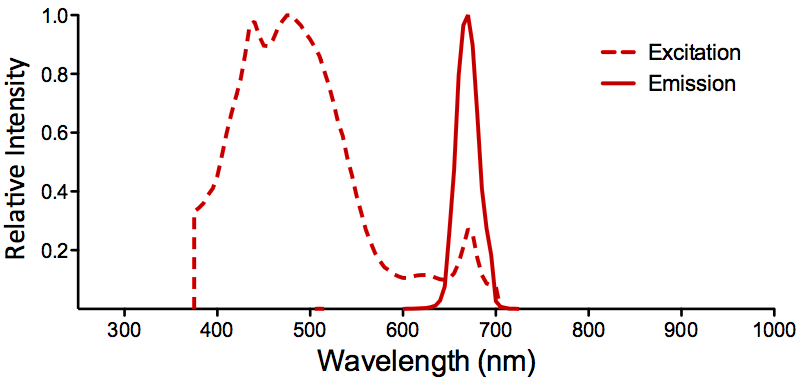
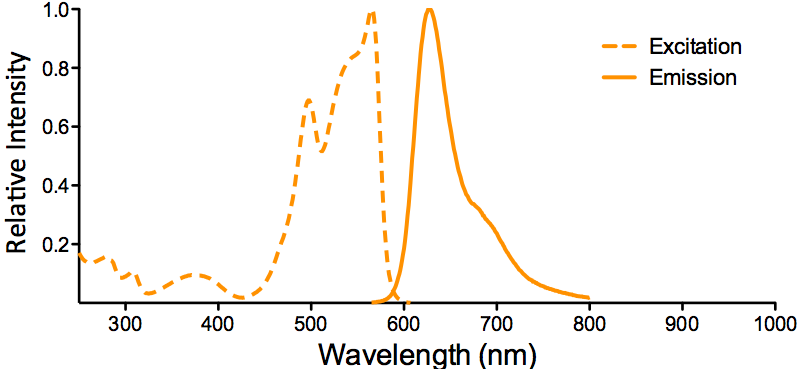
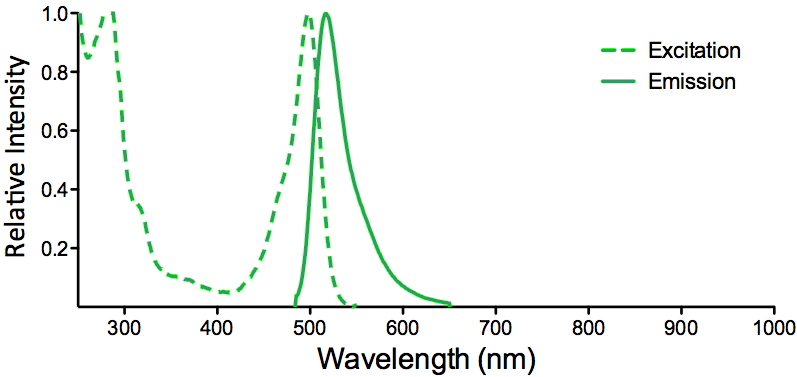
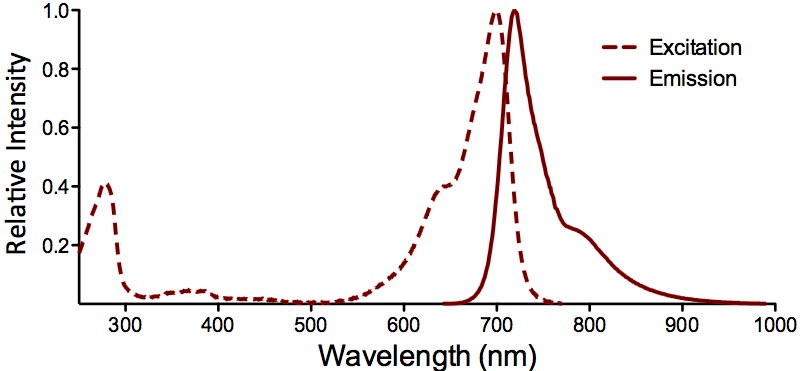
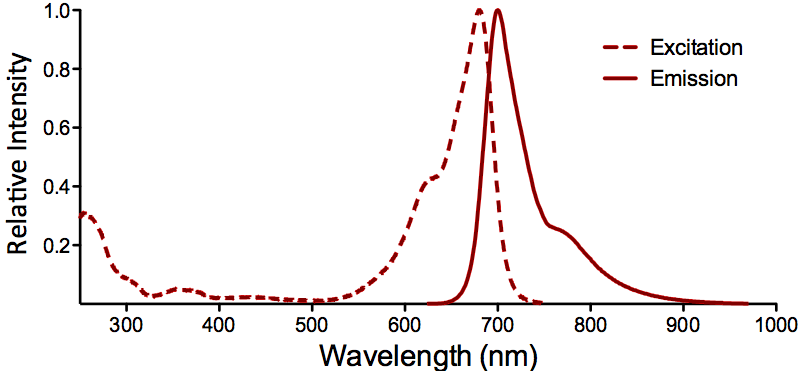
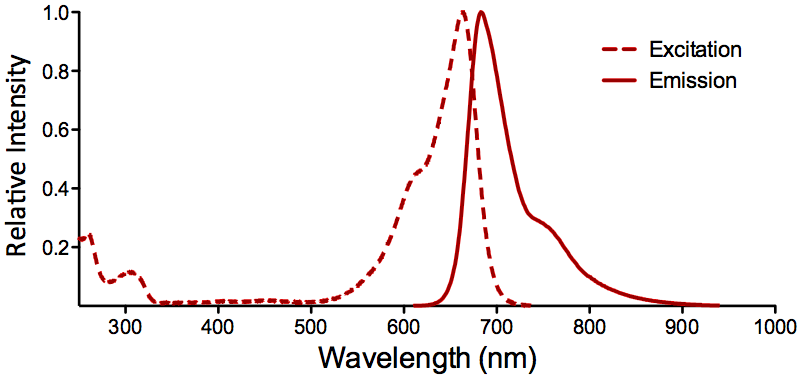
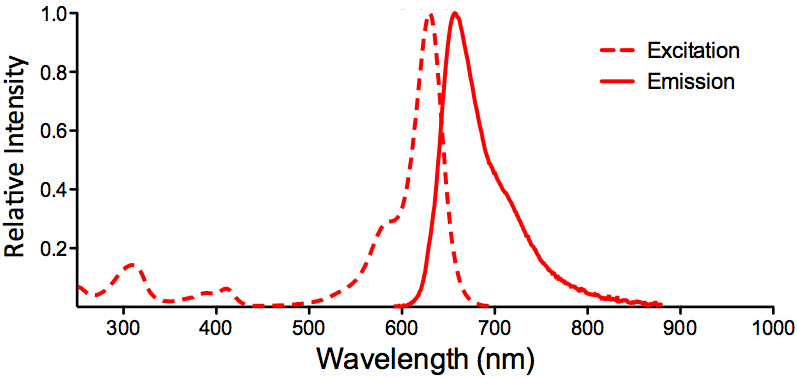
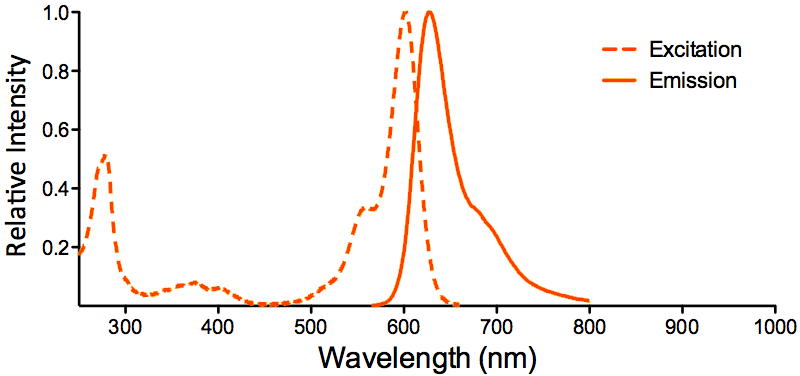
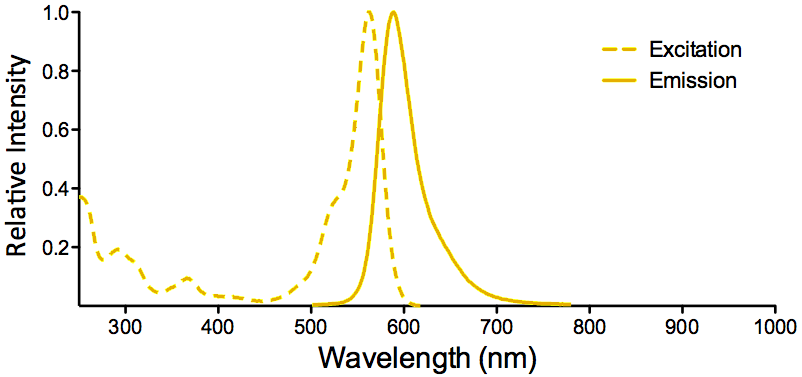
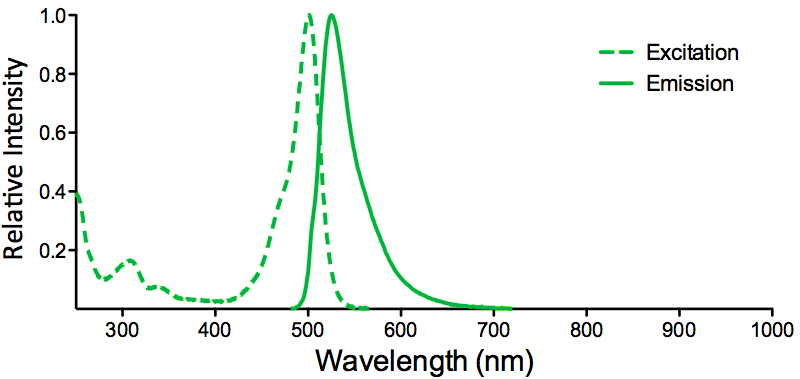
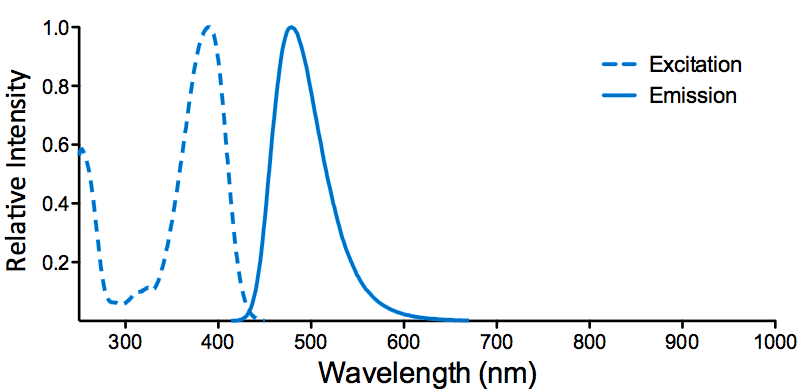
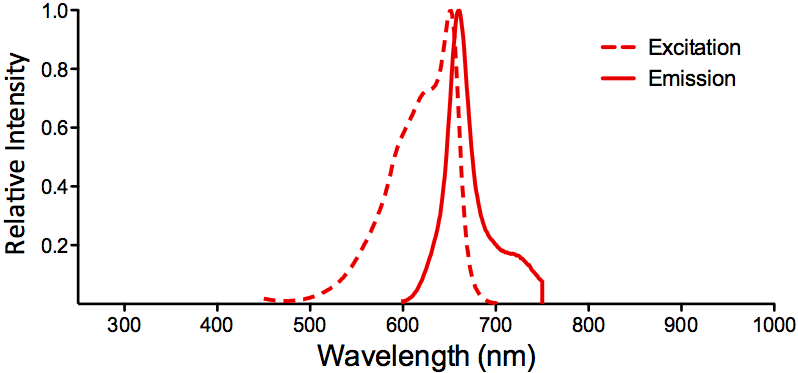
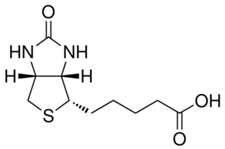
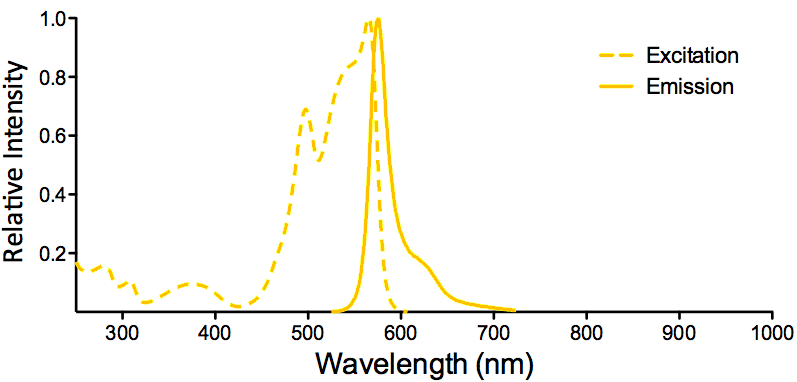
Reviews
There are no reviews yet.